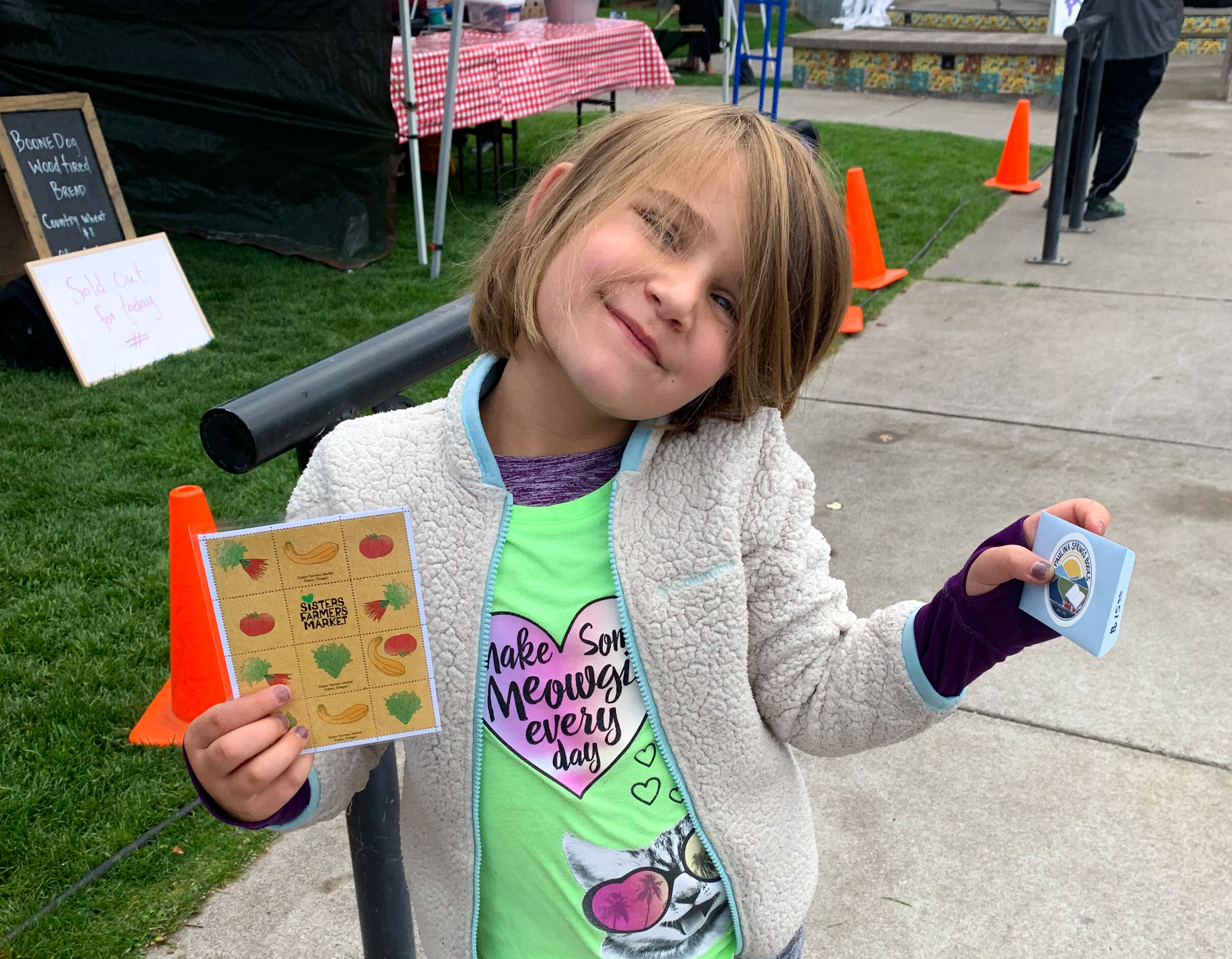1) ASSESS
For three days, keep close track of your media and digital device input. Using pen and paper, not an app, jot down the time you spend with various media, movies, news, email, even personal conversations and books. Here's the important part: note how each input made you feel.
Set aside 15 minutes before bedtime to look at your list. Note any trends. Which input inspired you? Which amped up your anxiety? If you checked the news 50 times, did any result in genuinely useful information that you could act upon?
2) MEDIA PLAN
Make a media plan for your self. Price says this allows your prefrontal cortex, the rational part of the brain, to take command over the freaked-out primitive part of the brain (see related article). Ask yourself: How many times am I going to check the news today, and what sources am I going to use? "Probably Facebook's not a good idea, guys!" said Price.
Your plan might include a Digital Sabbath—a day off for rest and reflection. Plan ahead to avoid logistical hassles. Our family does Digital Shabbat from sundown Friday through sundown Saturday, following the Jewish tradition. Kids love it. We light a candle at sundown, and Friday nights are now family game night.
3) LIMIT ACCESS
Reduce access to the cause of your stress. If you have TV or radio on in the background, "you're going to be constantly mainlining anxiety, and it's going to feel bad," according to Price. Turn them off.
Uninstall all news apps from your phone. Turn off notifications on your devices. Cover your TV or computer monitor with fabric or a towel. Take a cue from kids at Sisters Elementary School, who drew their own posters to hang over monitors for Screen Free Week.
Set up a charging station for tablets and phones—away from where you hang out most. Try a closet or the garage. Block websites and apps that are problematic. Price likes the app Freedom, which she says changed her life. A more blunt instrument is the app Self Control, a personal favorite.
4) MAKE BOUNDARIES
Friends and loved ones might push us too far into Covid craziness. Setting up boundaries with them is important. Price said many people "haven't yet gone through a process of getting to the point where they conclude, 'Yes, this is happening and it's terrifying—but there's only so much we can control.'"
She encourages mentioning that you're trying yourself to decrease your own stress around the crisis. Ask to speak about something else. Suggest concrete alternatives, such as holding a virtual dance party, knitting, or putting together puzzles via Zoom, Skype, or FaceTime.
5) PREPARE ALTERNATIVES
Changing habits is most successful when we have an alternative at hand, something to replace the problem behavior. "Identify something that you want to do with your time," Price said.
Lay books, magazines, and journals out on tables. Set up stations with craft supplies, model cars to build, shoes to polish. Try a letter-writing area. Get out your old knitting bag. A pack of cards for solitaire. Plan on healthy use of digital devices: replace news apps with meditation apps.
This could be a good time to try mindfulness meditation, where you set aside some minutes to pay attention to your breath, body, and immediate surroundings. "Recognize that your mind will run away during those minutes," said Price, "and that it's totally normal."
Nature time and Sit Spot exercises work well, too. Keep an eye out for more on these in future issues of The Nugget Newspaper.
6) SET GOALS
"Many of us are feeling frantic right now," Price notes, yet we're finding time to stress out on the news. Write out a list of soothing, healthy things you would like to do this week: Take a walk. Make a collage. Sew a face mask. Listen to a symphony. Send a letter every day in April, for national letter-writing month.
Said Price, "I don't mean to downplay the craziness of the moment, especially for parents of small kids…Consider that there might be something you can do with your news time that would make you feel more nourished and cared for."
Ambitious goals like inventing a better mousetrap or memorizing the complete works of Shakespeare might cause more stress. The priority now is getting through this crisis healthy and sane.
7) START & END
Start and end the day screen-free. If your phone is in your bedroom, chances are you're checking it first thing in the morning and last thing at night. Resolve to turn off news and devices by 7 pm or earlier. Keep the phone in another room overnight. If you need the phone nearby for health reasons, switch it to airplane mode and wrap it in a towel. Do not remove the phone from its swaddling until after breakfast.
And always remember: at any moment, if your thoughts whirl into catastrophic mayhem, you can stop and take a deep breath.
Part of an ongoing series of articles in The Nugget Newspaper for several years, the advice related here is based on expert research along with personal experience and feedback from my clients. Note that this article does not constitute medical advice. Seek help from trusted medical and spiritual advisers if you face a serious addiction or mental health problem. Got a hint for Nugget readers? A question you'd like answered? Email freelance writer T. Lee Brown, tiffany (at) plazm.com.
This article, written by New Oregon’s director, originally appeared in The Nugget Newspaper in Sisters, Oregon.







